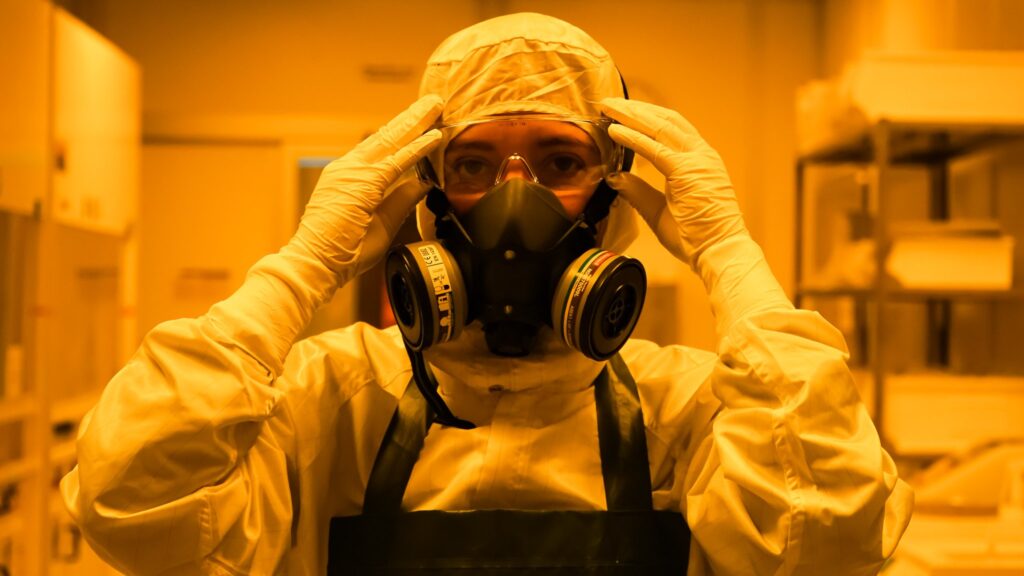The International Iberian Nanotechnology Laboratory (INL) proudly celebrates the successful conclusion of the SiNfONiA Project, marking five years of groundbreaking progress in nanosafety research under the leadership of Dr. Ernesto Alfaro-Moreno, ERA Chair in Nanosafety. Launched in 2020 and co-funded by the Horizon Europe programme, SINFONIA laid the foundation for a dedicated Nanosafety Research Group at INL — now recognized for its scientific excellence, regulatory relevance, and global reach. Over its five-year trajectory, the project has: + Established a state-of-the-art nanosafety research infrastructure at INL; + Achieved OECD Good Laboratory Practice (GLP) accreditation, the first for our institution; + Built a robust international network across Europe, Latin America, Asia, and North America; + Coordinated and participated in major EU-funded projects aligned with responsible innovation in nanotechnologies; In a closing interview, Dr. Alfaro-Moreno reflects on the project’s transformative impact: “SINFONIA was not just about scientific output. It was about creating a lasting ecosystem for nanosafety, combining capacity building, regulatory standards, and international cooperation.” The video offers a behind-the-scenes look at the project’s evolution, milestones, and what lies ahead for INL’s Nanosafety Group, including a continued focus on human health, environmental risk assessment, and emerging regulatory frameworks. SINFONIA’s legacy is one of excellence, leadership, and vision — […]
Read more

